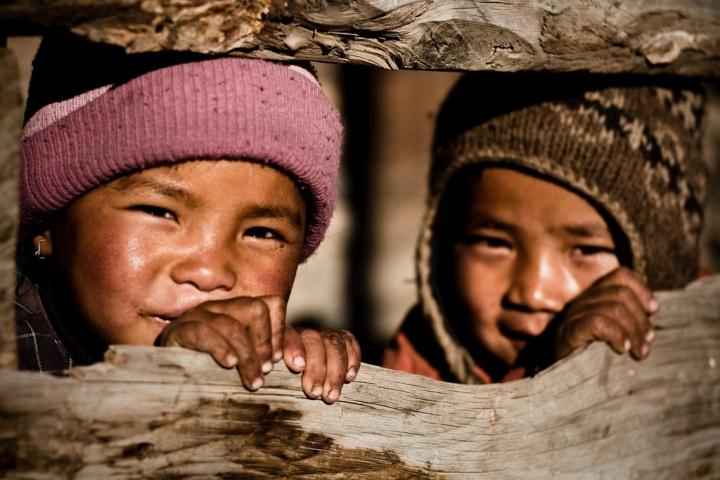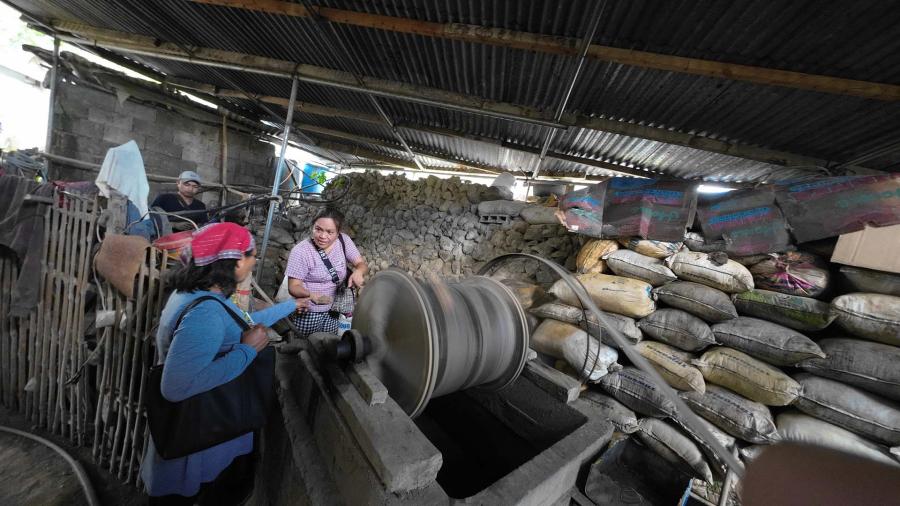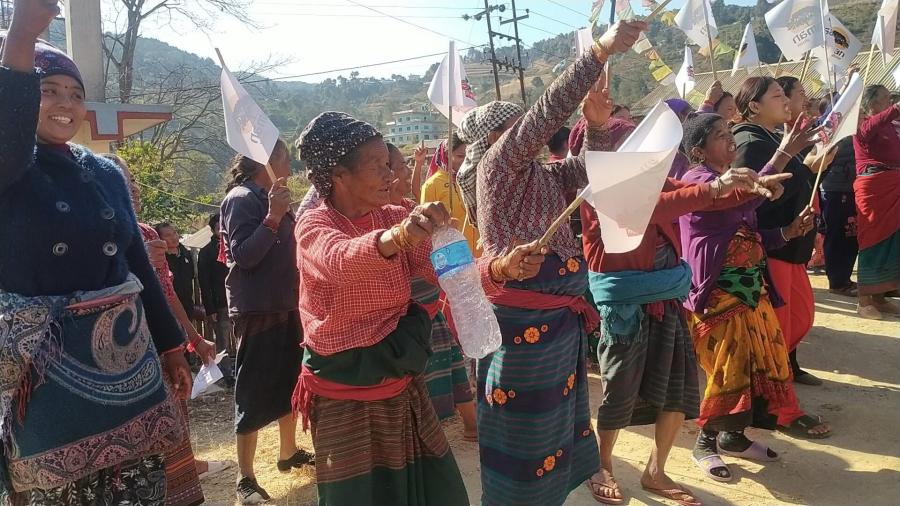
On November 4, 2015, Nepal’s human rights record was reviewed by the United Nations Human Rights Council as part of the second cycle of the Universal Periodic Review (UPR) process. This mechanism emerged from the 2005 UN reform process and periodically examines the human rights performance of all 193 UN Member States. It is intended to complement the work of other human rights mechanisms, including the UN human rights treaty bodies. This is the first international human rights mechanism to address all countries and all human rights.
The UPR is an opportunity to report on the implementation of certain recommendations as well as the general state of human rights in the country subject to review. The process stresses dialogue and a sharing of knowledge on both local and global levels. There are five phases of participation in the Universal Periodic Review; Preparation, Interaction, Consideration, Adoption, and Implementation. In total, these five phases amount to a 24-month campaign that can educate, engage, and empower Indigenous Peoples to connect issues at the grassroots level with global governmental responsibility based on recommendations drafted in their own communities and countries.
During Nepal’s review, several recommendations were made pertaining to Indigenous Peoples. These recommendations affect the Aadivasi Janajati, or recognized Indigenous nationalities of Nepal. According to the government this amounts to approximately 37% of the population, however many Indigenous rights organizations dispute this figure and place the percentage point around 50%. The 59 recognized Indigenous nationalities have seen Nepal ratify the United Nations Declaration on the Rights of Indigenous Peoples and ILO 169, however the implementation of Indigenous rights has been severely lacking. The presence of a caste system has historically placed Indigenous communities on the bottom of society. This has resulted in an absence in political participation, infractions on religious freedom, and the displacement of Indigenous peoples from their ancestral lands through extractive industries and national park forming. Additionally educational access is limited and often not inclusive of Indigenous languages and modes of knowledge, creating disproportionate levels of illiteracy among Indigenous women.
Cultural Survival is one of the 38 organizations that submitted a stakeholder report. Focusing on Indigenous Peoples’ rights, the report reviewed the implementation of recommendations from the previous cycle of the UPR. Second cycle recommendations that reflect the submission by Cultural Survival include:
To improve the access, quality, and affordability of education for all Nepalese citizens, specifically those of rural or Indigenous communities, and in regards to women and girls (Singapore, Indonesia, Namibia, Maldives, Afghanistan, Israel, Dominican Republic, China, Sri Lanka, Qatar, United Arab Emirates).
To ensure compliance with all ratified human rights treaties and mechanisms, and to combat any form of discrimination (Germany, Czech Republic, Japan, Thailand, Myanmar, Pakistan), with a particular focus on post-earthquake reconstruction efforts (Australia).
To create an effective and independent mechanism to address reported discrimination against women and Indigenous peoples and foster dialogues (Uganda, Ukraine).
To ensure that its climate change-related policies are informed by Nepal’s human rights commitments and obligations (Philippines).
These recommendations are given to encourage the government to improve their human rights records, and to provide the opportunity for citizens to set up specific goals. These reviews provide the tools and information to continue to advocate for change and to hold, in this case, Nepal, accountable to its commitment to human rights.
There are many different ways in which civil society, both Indigenous and non-Indigenous, can use this information to strengthen commitment to human rights and hold their governments accountable in implementing UPR recommendations.
By publicizing the recommendations and commitments made by the country involved, and raising awareness of the envisioned benchmarks, civil society can make the government accountable to its citizens, as well as increase the participation of Indigenous and other marginalized citizens in the process of creating, assessing, and evaluating these recommendations. This is possible through radio shows, press releases, publications, speaker events, festivals, email blasts, social media campaigns, and community organizing as examples.
To become a part of the implementation of the recommendations. To ensure the sustainability and success of these recommendations Indigenous citizens and their organizations need to part of or lead the implementation. This is possible through advocating for transparency, inclusion, and creating awareness and accountability. As the inclusion of Indigenous voices is in itself a recommendation, it is important to hold the country accountable.
Besides implementing recommendations, Indigenous citizens and their organizations should also be part of monitoring, evaluating, and reporting on the implementation of these recommendations. One way of vocalizing Indigenous concerns is through presenting at the Human Rights Council, which convenes three times a year.
Nepalese civil society groups and local organizations can read UPR Info’s “Civil Society Follow Up Kit” to learn more about how to implement UPR recommendations on the ground in their country.
Ultimately, the UPR process is an opportunity for Indigenous communities to vocalize their concerns and experiences, create action plans, and ensure implementation and accountability.


